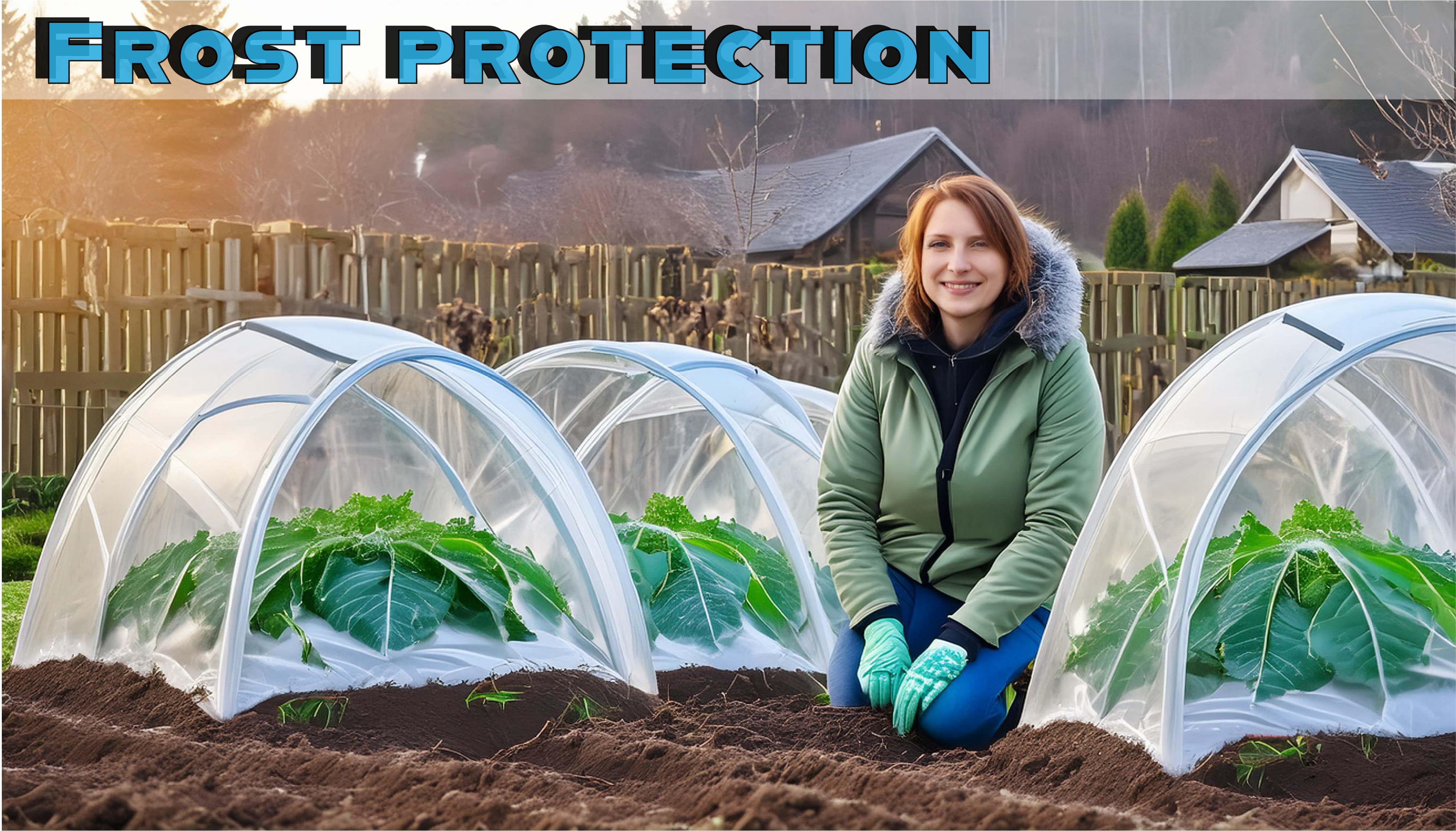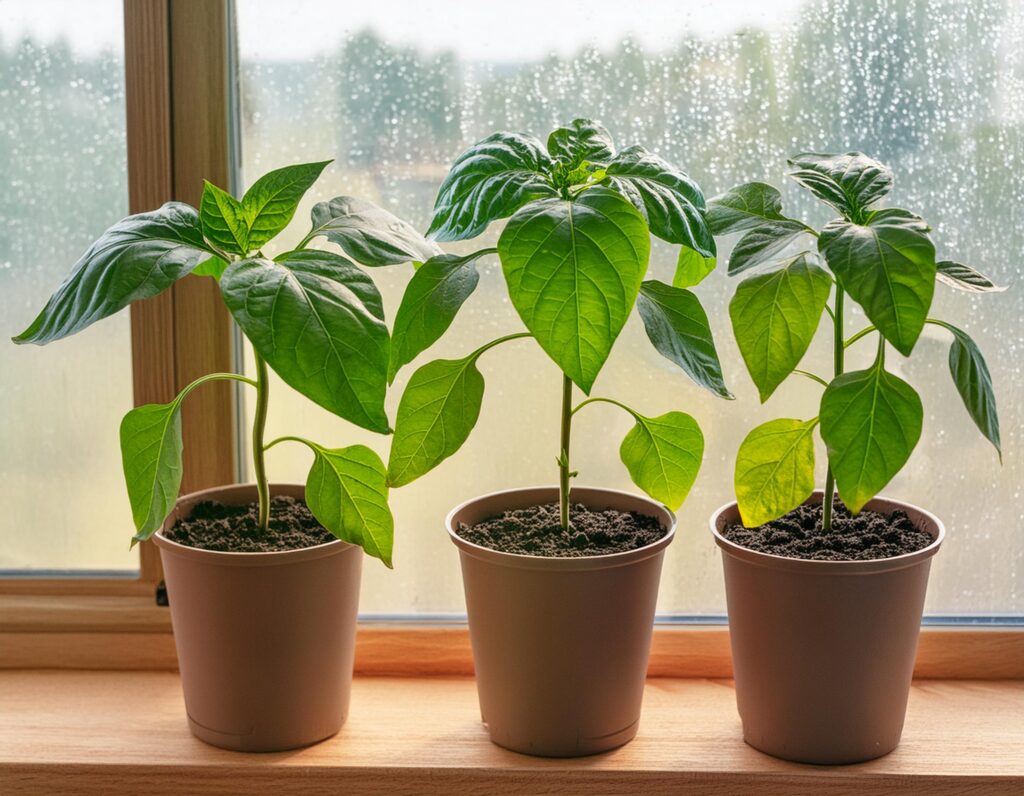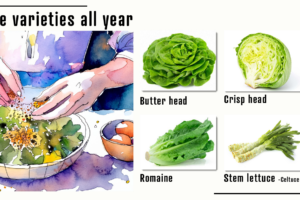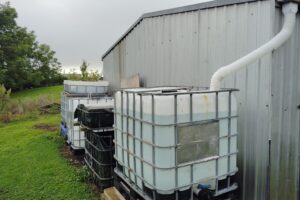
Frost-Proof Your Garden: Essential Tips for Protecting Plants
As the cold season approaches, gardeners face the annual challenge of protecting their plants from the harsh reality of frost. Frost can severely damage or even kill plants that are unprepared for the sudden drop in temperature. I’ve personally lost a number of avocado saplings with early frosts. I assumed that because they had spring and summer to establish, that they would be okay. When this happened I wasn’t aware of how quickly they can die. In this post, we will explore the risks associated with frost and provide practical techniques and suggest materials to keep your garden thriving throughout the winter.
Understanding the Risks of Frost
Frost occurs when temperatures drop enough to cause the water in plant cells to freeze, damaging or bursting the cell walls. This can result in wilting, browning of foliage, and stunted growth. Tender plants, new growths, and blooming plants are particularly vulnerable to frost damage. Early and late frosts can be especially devastating, as they catch gardeners off-guard when plants are either just beginning to grow or are preparing for dormancy.
Frost causes damage to plants primarily by affecting the water inside the plant cells. Here’s how the process unfolds:
- Freezing of Cell Water: As temperatures drop below freezing, the water inside plant cells can start to freeze. This formation of ice crystals is critical because it can physically damage the cell structures.
- Cell Wall Rupture: Ice crystals may cause the cell walls to rupture. The cell walls are responsible for maintaining the cell’s structural integrity, so when they are damaged, the cell’s contents can leak out, leading to cell death.
- Dehydration: When the water inside the cells freezes, it draws more liquid water from the warmer parts of the cell into the ice, effectively dehydrating the cell. This loss of water can cause the cells to collapse once they thaw.
- Interruption of Plant Processes: The freezing temperatures and ice formation can interrupt the normal physiological processes of the plant, such as photosynthesis and nutrient transport. This disruption can weaken the plant, making it more susceptible to other stressors like diseases and pests.
- Physical Appearance Changes: Externally, the damage from frost is seen as wilting, blackened leaves, and stems. Flowers and tender buds can also appear visibly damaged, often turning brown or black and failing to open.
- Delayed Growth and Development: Even if the plant survives the frost, its growth and development might be delayed. New growth is particularly vulnerable and can be set back significantly, affecting the overall vigor and yield of the plant in the season.
Mitigating Frost Risks
1. Weather Monitoring
- Stay informed about local weather forecasts.
- Invest in a good quality thermometer to monitor garden temperatures.

Bring frost susceptible plants indoors or place under cover.
2. Microclimate Management
- Plant sensitive species in sheltered areas, such as near walls or under large trees.
- Use raised beds and containers to enhance drainage and reduce the risk of root freezing.
- Plant susceptible plants into sheltered areas.
- Bring smaller plants indoors until the threat of frost has passed.
3. Timely Cultivation Practices
- Avoid late-summer fertilizing which can stimulate new growth that is particularly frost-sensitive.
- Water plants in the afternoon on days when frost is expected; wet soil releases moisture into the air, which can raise the temperature around the plants.
Techniques and Materials for Protecting Plants from Frost
Techniques
- Covering Plants
- Covers act as insulation, trapping heat from the soil and preventing it from escaping.
- Use materials like fleece, burlap, or even old blankets. Ensure the cover extends to the ground to hold in more warmth and remove it during the day to allow exposure to sunlight and air circulation.
- Mulching
- Apply a thick layer of mulch around the base of plants to help keep the roots warm.
- Materials like straw, leaves, or wood chips are effective insulators and also promote soil health.
- Utilizing Cloches and Tunnels
- Cloches, typically bell-shaped covers, and row covers or tunnels made of clear plastic, can shelter individual plants or rows.
- These structures also allow light and moisture in while protecting plants from the cold.
Protecting plants from frost involves proactive measures such as covering them, using mulches to insulate the soil, and selecting frost-resistant varieties when planning the garden. These steps can help mitigate the impact of frost on your plants.



